The history of glass goes centuries back where we find the reference of naturally occurring glass during Stone Age period. Glass was then used for making weapons. Later, with passage of time, it was used for making vessels, mosaic tiles, decorative objects etc.
Conventionally glass was only used for light-picking. The further advancement in technology lead glass to be adopted as a decorative element in many houses and also in multi-storey buildings. But being decorative element of building was not adequate. Thus, considering the outlook and need for energy efficient buildings, research has been carried out on glass to develop the properties such as, refractive index, reflection loss, thermal Transmittance, Visible light transmittance, Infra-red transmittance, Ultra violet transmittance, chemical resistance.
Ultimately the reason behind experimenting with glass was to extract best out of it and develop it as a modern building material. Anyway, let us not get lost into all these technical terms. In fact, we have simplified everything in this article so that it becomes easy for the readers to understand the advantages and disadvantages of glass as a building material.
According to “Jelena Savic et al.”(2013) (Published in architectural glass: types, performance and legislation), ‘the transparency and translucency of glass ensures aesthetic beauty to any building. It helps to create elegant spaces in any part of the building. The way in which light transmits through a glass in a building is so stunning that it has evolved into a powerful tool for an architect.
Nowadays, glass is an essential part of many facades and roofs.’ No other material can replicate the aesthetic quality of a glass. It kicks in as a new opportunity for designer and architects to outline the designs creatively. It forms an essential part of the building designs driving the designers to use it widely. In the recent times, in many countries glass construction has become the symbol of development where these buildings are seen as a symbol of affluence and luxury.
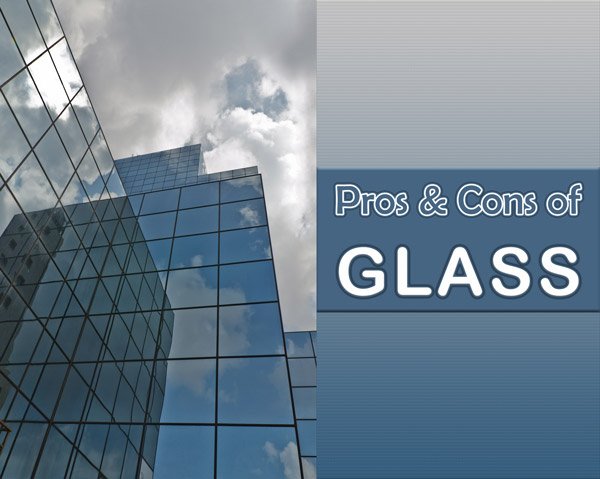
Glass is one of the versatile and oldest materials in the building industry. Glass has been a fascinating material ever since it was discovered. Glass has its properties as a transparent glazing material in construction. It has various architectural applications in doors, windows, partition, etc. A journey from a humble beginning as a window pane to being a sophisticated structural member in modern age, glass has travelled a long way.
Glass as a Building Material: Pros & Cons
Being an open hard substance created by giving heat to sand or quartz, glass forms an inorganic, transparent or translucent material which can be moulded into any shape. It is a mixture of raw materials like Silica, sodium potassium carbonate, lime or lead oxide, Manganese oxide which are grounded, sieved and mixed in specific proportion and melted in the furnace. It makes an excellent medium possessing diversified uses and properties. Just like any other building material it has its share of advantages and disadvantages, so do glass
Listed below are the advantages and disadvantages of glass used as a building material.
Advantages of Glass
01. Transparency
Glass is a unique transparent material which allows light to pass through it so that the objects behind the glass are visible clearly.
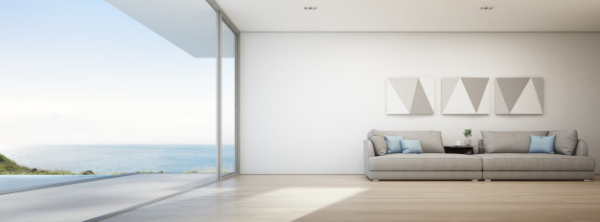
The glass allows you to connect with the outer world visually. Even when the door or windows are closed, it enables the light to flow in. Thus, it saves energy and reduces electricity bills. It brightens up the room and enhances the beauty of the home. Most importantly, it can also boost up the mood of occupants.
02. Dustproof and Waterproof
Glass has a smooth glossy surface, so it is dustproof and can be cleaned efficiently. Unlike other materials, it is easy to maintain. Another advantage is, it is waterproof. Thus, with such dual benefits of glass as dustproof and waterproof material, it is mostly preferred in the areas often clad with dust and sand in the air. Using glass makes it easy to clean and maintain these places with less consumption of time and energy.
03. Colour availability
Glass is available in wide range of colours, and when we combine the glass sheet in laminated or insulated units, it changes in colour and appearance.

Laminated glass can be made with a wide range of coloured interlayer to provide exceptional lighting effects. These colours can be combined with tinted and printed glass to produce different results.
04. Aesthetically appealing
Glass provides an ideal way to showcase a product. Glass can make the structure look more stunning, sophisticated and adds beauty to the building. Glass can give a complete aesthetical look to the whole structure.

In addition to the traditional benefits of using large glazed areas, glass is also used by the architects for obvious aesthetic reasons. The pattern on one of the glass panes creates an interesting atmosphere inside the building.
05. Recyclable
According to ‘Catherine Soanes, Sara Hawker & Julia Elliot’ (Author of Pocket Oxford English Dictionary), Recycling means converting waste into a form in which it can be reused. The other benefits we can gain by glass recycling is, energy can be saved, it is cost effective, it reduces water pollution and air pollution to a certain extent and it also conserves natural resources etc.
Glass is 100% recyclable, and it does not degrade during the recycling process. Hence, it can be recycled repeatedly without compromising on quality or purity.
06. UV stable
It is a well-known fact that ozone layer is degrading. Therefore, it is necessary to find a better material which protects us from ultraviolet radiation. Glass is UV stable since it is not affected by ultraviolet radiation and hence cracks, discolouration or disintegration will not occur. It will survive long unlike materials like plasters which are not stable against UV radiation.
07. Weather and Rust resistant
Unlike most materials, glass is corrosion resistant, and only under certain conditions, the glass is chemically attacked. According to ‘N.Papadopoulos’ & ‘C. A. Drosou’ (Author of Influence of weather conditions on Glass Properties), the chemical composition of glass is the key factor in the interaction of glass with the environment.
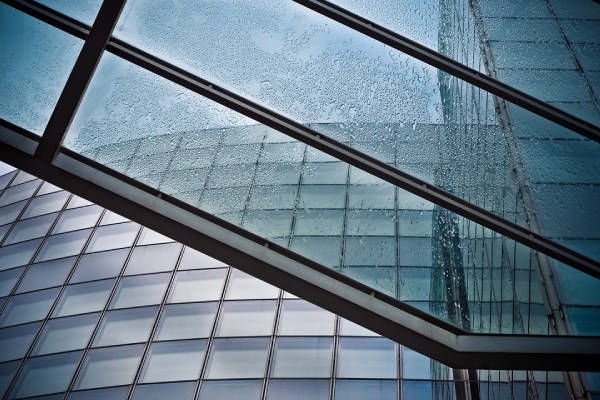
Glass is fully weather resistant. It can withstand the effects of the wind, rain, or the sun and can retain its appearance and integrity in most of the given conditions. Additionally, glass does not rust. So, degrading gradually by chemicals and surrounding environment is not the case with glass.
08. Easily Moulded
Glass is a transparent, hard material that can be easily moulded into desired shapes. It is produced by the application of heat into sand. So, it can be blown, drawn and pressed to any shape and thus used for general glazing purposes in building, shop fronts, building doors, windows and workshops. Additionally, it is positioned in furniture after being laminated with plywood or metal sheet. Hence, it is one of the most versatile materials used in the construction of buildings.
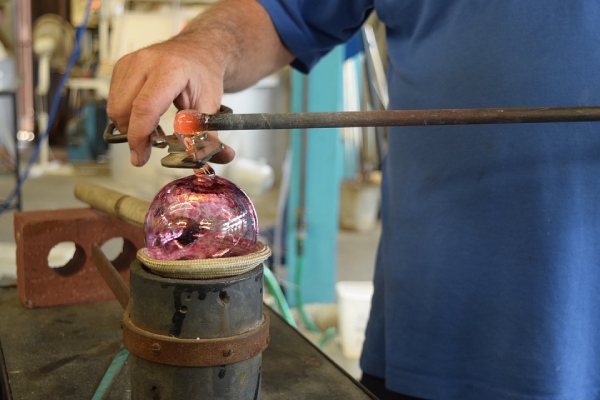
09. Insulator of Electricity
Insulator of electricity means a material that is a poor conductor of electricity. Glass is an excellent insulator. It does not readily conduct electricity. In the absence of free electrons, it ensures that you are safe from any electrical hazards. Due to these properties, glass can be used for the formation of ceiling light, decorating wall light and various other electrical appliances.
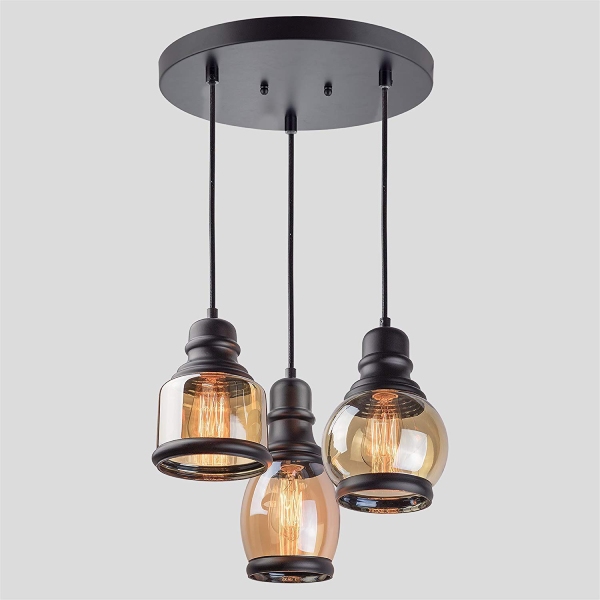
10. Sustainable Material
Glass is a sustainable material, fully recyclable material which provides great environmental benefits such as contributing to mitigating climate change and saving precious natural resources. It is also highly appreciated in many applications for its inert nature and its contribution to safeguard’s health and well-being of occupants.
11. Visible Transmittance
Visible transmittance (VT) is an optical property that indicates the amount of light in the visible portion of the spectrum that passes through a glazing material. It is also related to the amount of light allowed through those systems into the building. This property (VT) distinguishes glass from the other materials and it is the same reason glass has gained popularity in recent times.
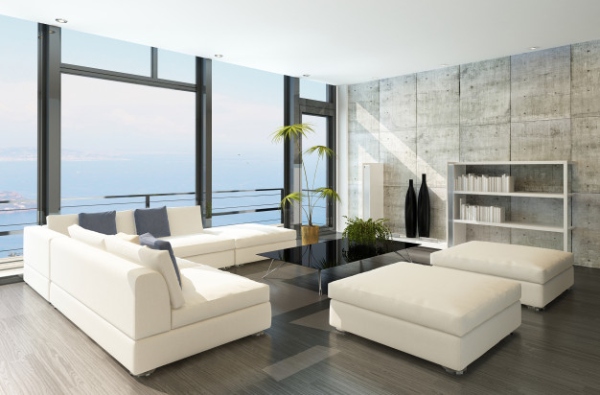
Glass absorbs, refracts or transmits light. It can be made transparent or translucent, so it adds extraordinary beauty to the building. It transmits up to 80% of available natural daylight in both directions without any yellowing, clouding or weathering.
12. Abrasion Resistance
According to ‘Christopher Gorse’, ‘David Johnston’ and ‘Martin Pritchard’ (Author of Oxford Dictionary of Construction, Surveying & Civil Engineering), Abrasion means wearing away of one material against another by friction. The glass is excellent abrasion resistant material so it will resist surface wear caused by flat rubbing and direct contact with another material.
Besides the above-mentioned benefits, there are other benefits associated as well:
01. Glass is stable over a wide range of temperature. Hence, it can be used for the fireplace, high-temperature light lenses, and wood-burning stoves, cooking tops and high-temperature areas where low expansion is needed.
02. It does not get affected by air, water and most of the acids hence discoloration, alteration in the degree of shine, softening, swelling, the detachment of coatings and blistering will not occur. Glass also protects against outside barriers.
03. When used in the interiors, Glass can save the space. It gives a spacious look as well.
04. Glass is comparatively lighter in weight than the other materials. Thus, it reduces the dead load of a structure.
05. Glass proves to be an excellent material for thermal insulation, waterproofing and energy conservation.
Disadvantages of Glass
01. Cost
Manufacturing of glass is a highly energy consuming process due to high temperatures required for processing the raw materials. Glass is an expensive material as compared to the other materials used in the construction industry. As a result, the total cost of the building may increase. Using glass in a building enhances the cost of security and privacy because of the transparency that it offers.
02. Brittleness
A material which breaks into pieces or which can be easily reduced to powder form is known as a brittle material.

Glass is a stiff, rigid and a brittle material. When it is subjected to stress, it breaks without significant strain. Broken pieces of glass may be sharp, and chances of injury are very high.
03. Impact Resistant
The Glass is less impact resistant, so the capability of the glass to withstand an immediately applied load is very poor. It will immediately break under impact.
04. Etching on Glass surface
The Glass is affected by external hydrofluoric acid, and hence etching appears occasionally on the glass surface.
05. Corrosion due to alkali solution
The Glass is affected by alkalis ions. Alkali solution dissolves a glass surface, and if the supply of alkali is more, this type of corrosion takes place at a uniform rate.
06. Heat transparency
Glass offers superior transparency of heat; hence, it should balance with its relatively low R-value (energy saving). R-value measures the insulation effectiveness – its resistance to heat gain or loss. The higher the R-value, the better is the insulation against heat and cold.
07. Unsafe for Earthquake-prone areas
Buildings in the earthquake prone areas need to be specially designed to take horizontal loads and movements. However, glass is brittle hence it tends to break or collapse quickly.
Usage of glass is very dangerous for the earthquake-prone zones. Unfortunately, there is no such advancement in technology which can make Glass an earthquake-resistant material. However, with some costly treatment, it can be modified to a certain extent so that it can withstand against the small scale earthquakes.
08. Heat Absorbent
Glass traps heat which eventually warms up the interiors and acts as a greenhouse. Therefore, it might not be suitable for the construction of buildings, typically existent in the hot regions. It will increase the A\C loads and consumption of energy will be very high to run the air conditioning to maintain the temperature. Hence it should not be used in hot/tropical areas without application of mind.
09. Maintenance
In humid and dust prone areas, dust particles will stick to the glass surface and hence it will not only look dirty and shabby but the internal lighting as well as transparency will be poor.
You may be under the impression that once you have provided glass as a building façade, you need not spend much on painting. But this is not the case. On the contrary, you may end up paying equal amount for cleaning of glass. Or sometimes, it can be as costlier as exterior painting. Again, you may paint the building once in 5 years, while in case of the glass; you have to clean it every year.
10. Glare
The facade is an elegant component that helps to define the unique architectural aesthetics of any building. It has also the critical role related to energy performance and interior function of a building. However, Glare is a significant problem in the glass facade building. As technology continues to improve, different options for improvement are becoming available for incorporating into building facades.
All and all, Glass has progressively acquired a special status as an important building material. Apart from being a building material, it has numerous usages in various forms in the building to enhance the overall quality and outlook. Nowadays it is used in furniture, electrical appliances and decorative items. Numerous technological innovations have made it a preferred choice for architects and designers to promote sustainability in the built environment.
In a nutshell, ‘Glass bridges the gap between spaces, enhances the quality of space, transmits sufficient light, and also contributes to saving energy. The appropriate choice of glass can even improve the energy efficiency of the building’ says “Jelena Savic et al.”(2013) (Published in architectural glass: types, performance and legislation).
Glass has proved to be a building material that drives designers to mobilize it while creating various designs forms and spaces. The above-mentioned advantages and disadvantages of glass as a building material will help you to decide when, where and how to use it for your sweet home.





